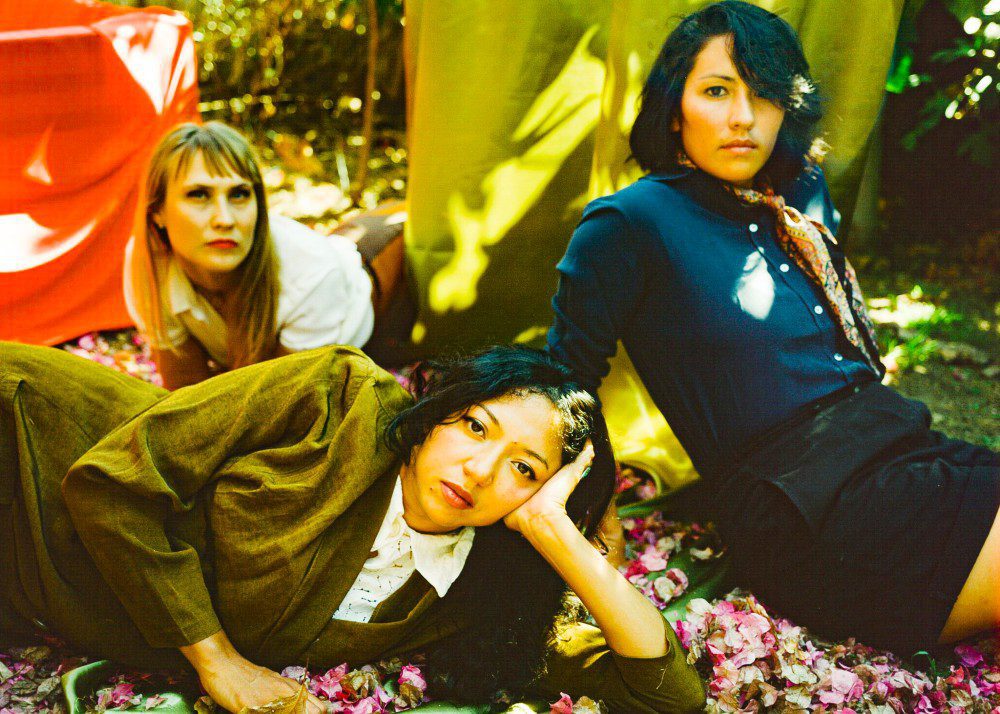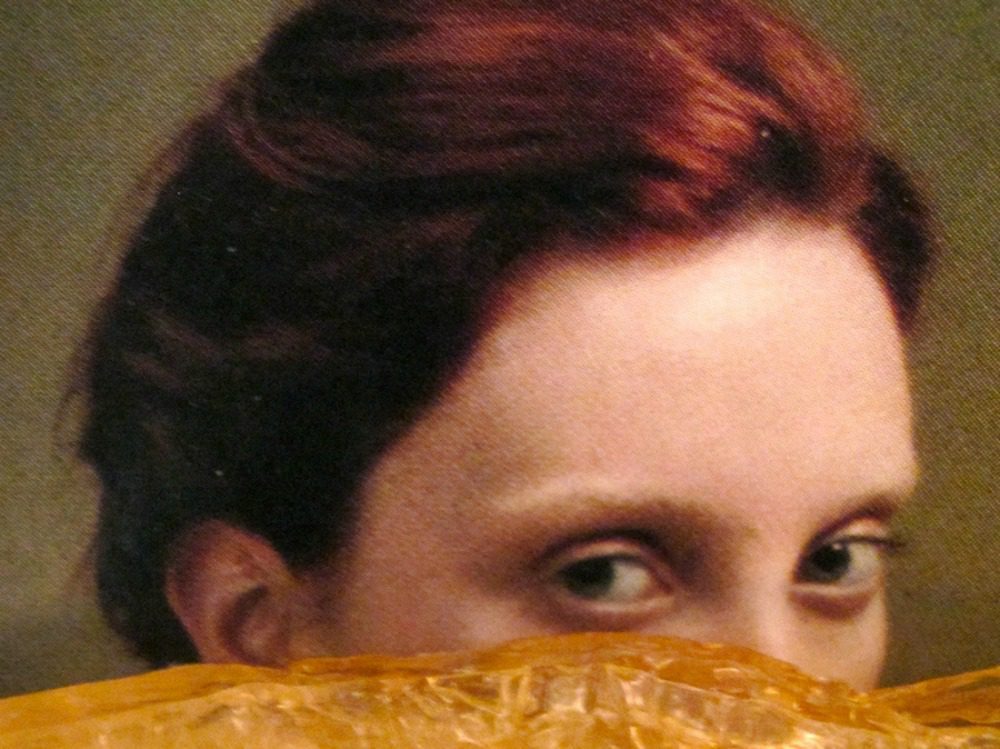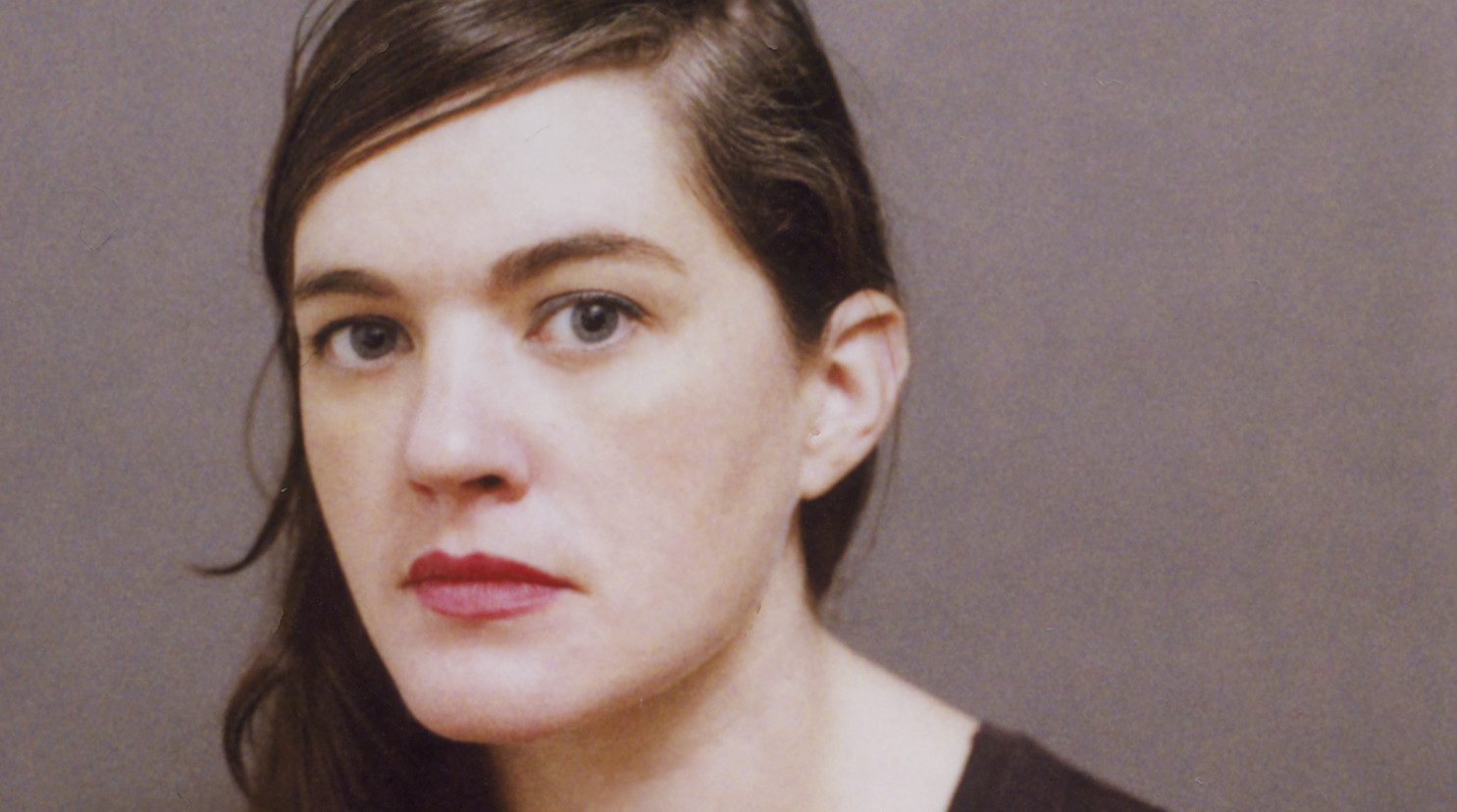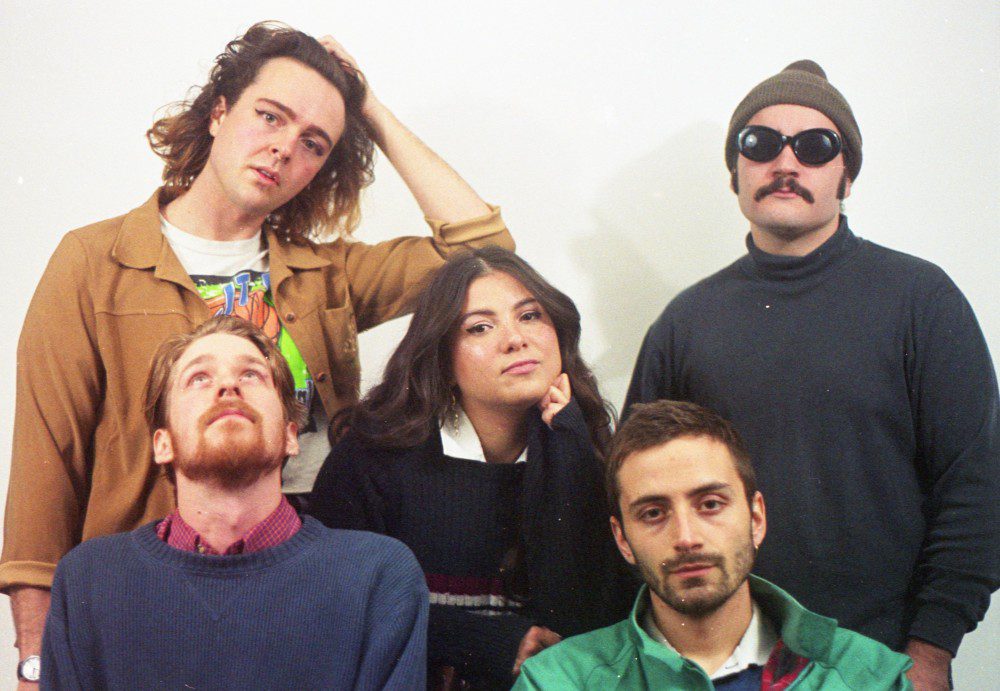

Last Friday, L.A.-by-way-of-Seattle surf-noir trio La Luz released their self-titled fourth album via longtime label Hardly Art, a representation of their lengthy friendship, combined and individual musical careers, and journeys both geographical and emotional. More than their previous releases, this album feels less like the product of their producer’s personality and much more attuned to the band’s essence. It seems fitting then that they should name the album after their own moniker. “In Spanish it translates to ‘the light,’” explains band founder, lead vocalist and guitarist Shana Cleveland. “We just liked the sound of it at first… now the name feels really right because I think the band has a lot of contrast between light and dark.”
Currently, Cleveland is joined by Alice Sandahl on keys and Lena Simon on bass (drummer Marian Li Pino left La Luz in 2019, while Simon replaced Abbey Blackwell in 2014). Though the original lineup has seen some changes since La Luz released their debut EP Damp Face in 2012, there’s a strong sense of identity on their latest album, perhaps even more so than previous full-lengths It’s Alive (2013), the Ty Segall-produced Weirdo Shrine (2015) and 2018’s Floating Features.
“We know each other really well as individuals and a musicians, and we have a certain kind of familiarity and almost ESP to our communication. We’ve made a number of records and this one has a special intimacy. It made sense to name it after ourselves,” says Cleveland. “I think that in the beginning of the band, there was a lot more of thinking about what other artists we wanted to emulate and now we’re at a point where it’s more self-referential.”
Still, it always helps to have the input of a talented producer, and when Cleveland’s partner suggested Adrian Younge, the idea seemed to stick. Sandahl lived in the same Los Angeles neighborhood as Younge’s studio, and had seen posters up for his Jazz Is Dead live performances. Both she and Simon were familiar with his hair salon-meets-vinyl record store Artform in Los Angeles.
“We were really open to working with Adrian on this record, and making it a true collaboration. Whereas maybe before there was an element of us being young and fresh, we were more confident coming into this record,” reflects Simon. “He’d never recorded or worked with a band before. He’d done a lot of film scoring.”
Indeed, Younge has 20 years of experience as a film editor and he’s mostly composed for soundtracks. His prolific work going back to 2000 is mostly with hip hop, jazz and soul artists. Earlier this year, Younge collaborated with Ghostface Killah on “12 Reasons To Die” (released in April on RZA’s Soul Temple Music) and also released the album The American Negro in March (the behind-the-scenes making-of film is a must-watch). He also produced the podcast “Invisible Blackness,” charting the development and evolution of racism in America.
Here, he has brought out the contrasts – the light and the dark within the band as a collective but also within each of the women – on the album. They’ve got stories to tell, they’ve been through things, and they have memories to unpack and explore, not the least of which was their traumatic 2014 tour van collision. While the shock was, understandably, more palpable on 2015’s Weirdo Shrine – with its tight but savage guitar riffery, layered harmonies and almost gothic beauty – the more melodic, upbeat and dream-like La Luz reveals spiritual release.
With the gentle chime and childlike harmonies of “Watching Cartoons,” the band have captured the essence of those early mornings eating sugary cereal. Elsewhere, the tidal sweep of “Metal Man” channels the Hammond B3 Organ into a jangly, surfer anthem.
While the B3 has featured on La Luz albums since the beginning, the sitar and a harpsichord that were sitting around Younge’s studio turn “Yuba Rot” into a divinely trippy, hazy instrumental track. Younge has expertly helped to translate emotions into arrangements, but it is fundamentally the women’s work; the album’s eclecticism reflects the band’s confidence in their sound, even if their novel way of writing long-distance (due to the pandemic) required strict scheduling.
“It’s so different to the way we’d ever done it before, in terms of writing and collaborating,” says Sandahl. “In the past we’ve written together in the same room fairly quickly, maybe in a week or two of intensive writing sessions and jamming out together. Being forced to be alone and writing our parts by ourselves…we were missing that element of playing together, discovering our parts together.”
Simon explains, “We had the names of the songs… so we said, let’s try to do two per week. It was like homework.”
Each of the women sent their parts to Simon via Dropbox and she’d get to work on constructing demos in her Florida-based home studio, adding bass and drum parts. It added up to some “pretty goofy” sounding stems and demos in the end, but they had the raw material by the time they got into the recording studio with Younge.
It’s hard to imagine, regardless of their individual geographical locations, that La Luz are not always together; even as we wrap up our phone call, they’re headed out to a dinner date. They admit they’ve been reflecting on their history a lot just in the past few days, especially.
“Our first tour, Shana was like ‘what have I got myself into?’” laughs Simon. “It’s been almost a decade. We were different people then. We’ve gone through a lot of changes personally and as a band, [and we’ve] developed and gotten really close.”
Follow La Luz on Instagram and Facebook for ongoing updates.




